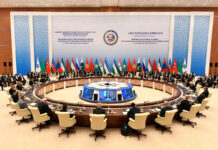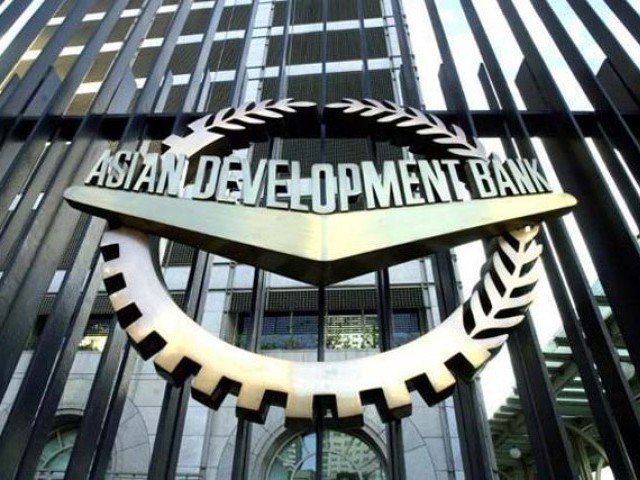ISLAMABAD
Pakistan is amid the top ten countries to be affected most by the climate change, and a business-as-usual approach to climate change will be disastrous for the Asian countries including Pakistan, says the Asian Development Bank report. The report was named ‘A Region at Risk: The Human Dimensions of Climate Change in Asia and the Pacific.’
The report released on Friday, notes with concern that unabated climate change would bring devastating consequences to countries in Asia and the Pacific, which could severely affect their future growth, reverse current development gains, and degrade quality of life.
According to a report produced by the Asian Development Bank (ADB) and the Potsdam Institute for Climate Impact Research, under a business-as-usual scenario, a six degree Celsius temperature increase is projected over the Asian landmass by the end of the century. Some countries in the region could experience significantly hotter climates, with temperature increases in Tajikistan, Afghanistan, Pakistan, and the northwest part of the People’s Republic of China (PRC) projected to reach eight degree Celsius.
These increases in temperature would lead to drastic changes in the region’s weather system, agriculture and fisheries sectors, land and marine biodiversity, domestic and regional security, trade, urban development, migration, and health. Such a scenario may even pose an existential threat to some countries in the region and crush any hope of achieving sustainable and inclusive development.
It is important to mention that a recent World Bank study found Pakistan as one of the most disaster prone countries in South Asia. It estimated that the country had suffered approximately $ 18 billion in damages and losses from natural disasters over the past decade. The 2005 earthquake and the super floods of 2010, and annual recurring floods ever since, continue to hemorrhage the economy and are the impacts of climate change.
“The global climate crisis is arguably the biggest challenge human civilization faces in the 21st century, with the Asia and Pacific region at the heart of it all,” said ADB Vice-President for Knowledge Management and Sustainable Development Bambang Susantono.
Home to two-thirds of the world’s poor and regarded as one of the most vulnerable region to climate change, countries in Asia and the Pacific are at the highest risk of plummeting into deeper poverty — and disaster — if mitigation and adaptation efforts are not quickly and strongly implemented, he noted.
“The Asian countries hold Earth’s future in their hands. If they choose to protect themselves against dangerous climate change, they will help to save the entire planet,” said PIK Director, Professor Hans Joachim Schellnhuber.
“The challenge is two-fold. On the one hand, Asian greenhouse-gas emissions have to be reduced in a way that the global community can limit planetary warming to well below 2 degrees Celsius, as agreed in Paris 2015. Yet even adapting to 1.5 degrees Celsius temperature rise is a major task. So, on the other hand, Asian countries have to find strategies for ensuring prosperity and security under unavoidable climate change within a healthy global development. But note that leading the clean industrial revolution will provide Asia with unprecedented economic opportunities. And exploring the best strategies to absorb the shocks of environmental change will make Asia a crucial actor in 21st-century multilateralism,” he said.
More intense typhoons and tropical cyclones are expected to hit Asia and the Pacific with rising global mean temperatures. Under a business-as-usual scenario, annual precipitation is expected to increase by up to 50 per cent over most land areas in the region, although countries like Pakistan and Afghanistan may experience a decline in rainfall by 20-50 per cent.
Coastal and low-lying areas in the region will be at an increased risk of flooding. Nineteen of the 25 cities most exposed to a one-meter sea-level rise are located in the region, 7 of which are in the Philippines alone. Indonesia, however, will be the most affected country in the region by coastal flooding with approximately 5.9 million people expected to be affected every year until 2100.
A business-as-usual approach to climate change could also disrupt functioning ecosystem services, prompting mass migration — mostly to urban areas — that could make cities more crowded and overwhelm available social services.
To mitigate the impact of climate change, the report highlights the importance of adaptation measures to protect the region’s most vulnerable populations. Climate mitigation and adaptation efforts should also be mainstreamed into macro-level regional development strategies and micro-level project planning in all sectors, in addition to the ongoing renewable energy and technology innovation efforts in urban infrastructure and transport.
























